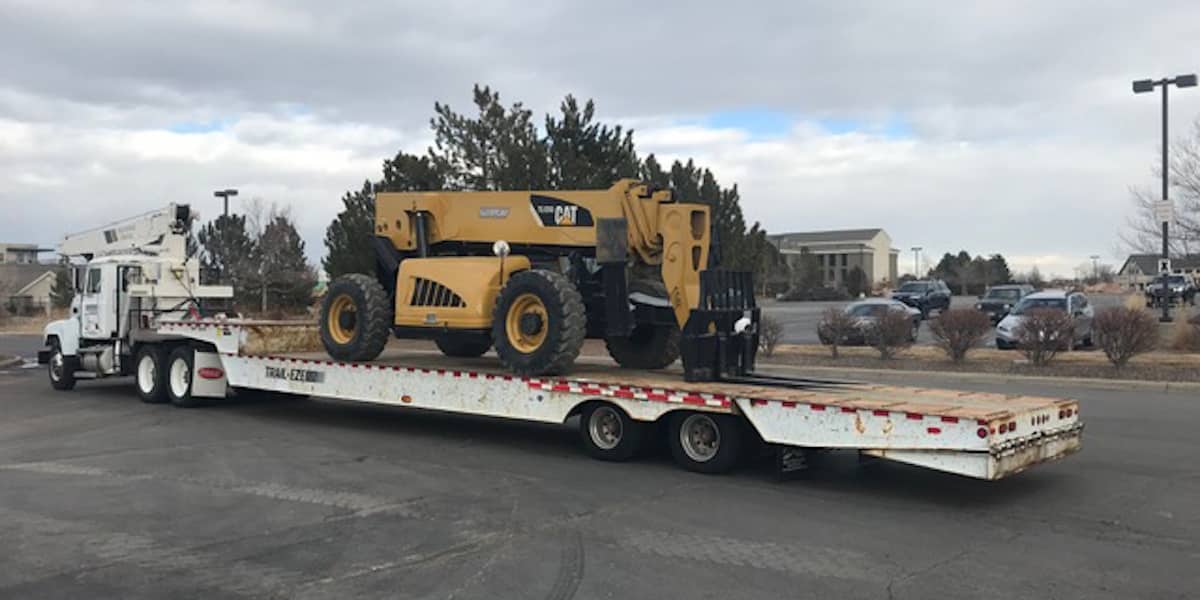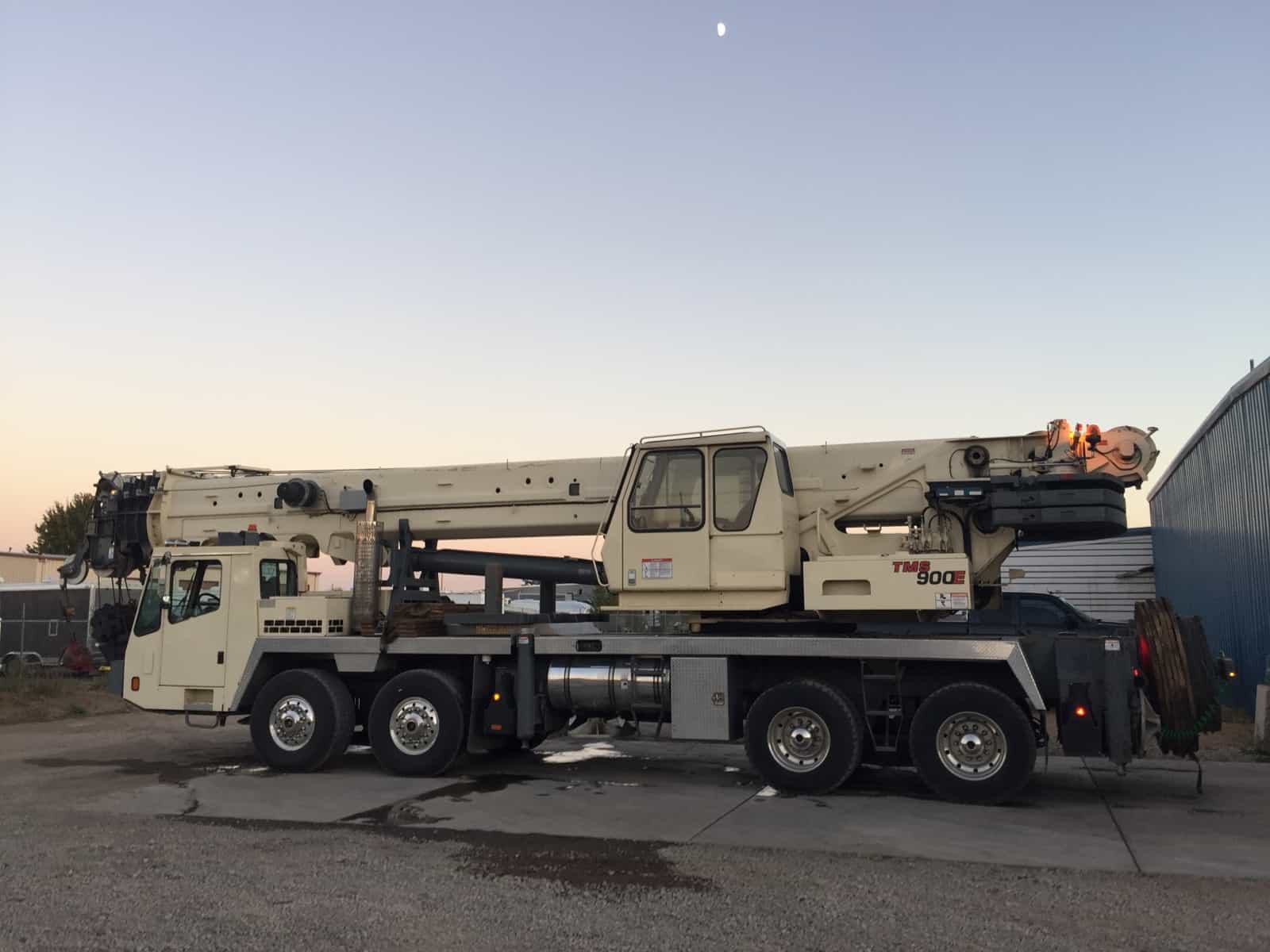Cranes are a critical part of countless construction and industrial projects, providing support and stability in a wide range of applications. With the ability to increase productivity and reduce overall expenses, the invention and implementation of the modern crane has revolutionized the possibilities available in dozens of industries.
However, as with all heavy machinery, inattention to detail and improper safety practices can result in tragic implications. From 1992 to 2006, 307 crane accidents in construction sites led to 323 total deaths – an average of 22 per year. Further, according to the research conducted by the Bureau of Labor Statistics, over the ten years between 1997 and 2006, cranes contributed to a total of 818 fatalities in workplaces of all kinds.
The danger involved in improper crane operation cannot be understated, but increased awareness can make a difference. By reviewing and understanding common causes of crane accidents as well as prevention strategies, it’s possible to reduce the likelihood of injury and death.
Crane Tipping Due to Improper Outrigger Use
Any tipping incident can be extremely dangerous for both the crane operator and the other workers in the area surrounding a crane. While thankfully rare, most crane tipping accidents are due to improper outrigger use. This can occur in several different ways but is largely related to unsuitable ground conditions, including depressions, voids, excavations, and uneven grading. When the outrigger pad is positioned on unlevel, wet, or otherwise unstable surfaces, you risk an inability to control crane positioning.
Instead of assuming any area is good enough, use common sense and attention to detail. Fully inspect every area, analyze ground conditions, and manage deflection levels as best as possible. If forced to work in inopportune settings, take extra precautions to improve the load bearing capacity using additional supporting materials.
Dropped Loads Due to Improper Rigging
Cranes are designed to carry heavy, awkward, and oversized items, but when rigging isn’t up to the task, you risk dropping a load and endangering both property and human life. Failed rigging often arises from human error, ranging from improper adherence to procedure to utilizing broken or failing parts. One wrong move can lead a load to slide or fall in a catastrophic manner.
To avoid incident, always rig loads by the book. Do not cut corners or use workarounds. If the proper equipment is not present, do not move forward. Always inspect all elements thoroughly, including chain links and hooks. Any hooks with a broken or bent safety latch or hooks that are stretched or twisted should not be used. Be sure the angle of the load is as close to zero as possible; any load at an angle of 10 degrees or more requires adjustment.
Boom Collapsing Due to Improper Weight Calculations
Not all cranes can carry all loads. All commercial cranes are sold with a strict weight limit and any excess weight, no matter how small, can cause critical failure. In order to avoid boom collapse, dropped loads, and potential tipping, it’s essential to adhere to all posted weight limits.
When preparing a load, make sure no part of what you will be lifting exceeds crane weight limits. When determining total weight, be sure to include the weight of all rigging as well; the chains and hooks used to secure a load obviously must be supported by the crane as well. Once a weight has been determined, do not add any extra materials for any reason. Regular boom inspection should also be a part of your operating procedures as a damaged, warped, rushing, or otherwise compromised boom can reduce noted weight limits.
Electrocutions Due to Overhead Power Lines
Power lines are a necessity for modern life. While more and more cities, towns, and communities are moving toward underground power lines, this is not yet a reality in all areas. Many locations nationwide still use above-ground power lines, and crane operators should pay special attention when this is the case. Unfortunately, electrocutions are responsible for one in 10 construction deaths.
Before starting a project, heed the location of all power lines. Rather than guessing, teams should always check with utility companies to note the voltage of overhead lines in order to determine minimum distances. Flags should be set to mark boundaries and teams must use spotters with two-way radios to watch for risks before incidents occur.
Accidents can happen to anyone, but education is a key part of prevention. When team members work together to inspect equipment, evaluate job sites, and watch for potential threats, it’s possible to minimize or eliminate the possibility of loss of life.





5 Responses
I agree with the above reasons. However, I think that one of the reason could be the non-usage of Safety Systems. For example, the crane wind indicator system helps the operator to analyze the speed of the wind. Same as the overloading system helps to avoid overloading to prevent accidents. There are many other systems as well. You can find them on the following link.
https://www.cranewarningsystemsatlanta.com/i4300-lmi
I agree with you Chloe. My uncle have used these systems and these were very helpful for him. He bought crane camera systems and wind indicator system. Here is the link for camera system: https://www.cranewarningsystemsatlanta.com/camera-systems
What most people ignore or don’t know the point about the usage of crane systems. Yes, the primary duty is of the operator but to ensure safety it is important to use systems just as Edward and Chloe said. Crane Warning Systems Atlanta has always been my favorite when it comes to purchasing systems.
I agree with you guys. My husband also uses https://www.cranewarningsystemsatlanta.com equipment or safety systems to avoid accidents.
Really a very helpful article thanks for sharing and keep on sharing!
ABCO Engineers is the Largest Crane Suppliers In Bangalore,Mangalore, Belgaum. Abco Engineers are the best EOT Crane Manufacturers in Bangalore,Karnataka. ABCO provides Cranes with Excellent Quality and the Wide Range of Crane services in Bangalore,Mangalore, Belgaum.Contact today for CompleteCrane services in Bangalore
karnataka.
Read more: https://www.abcoengineers.com/